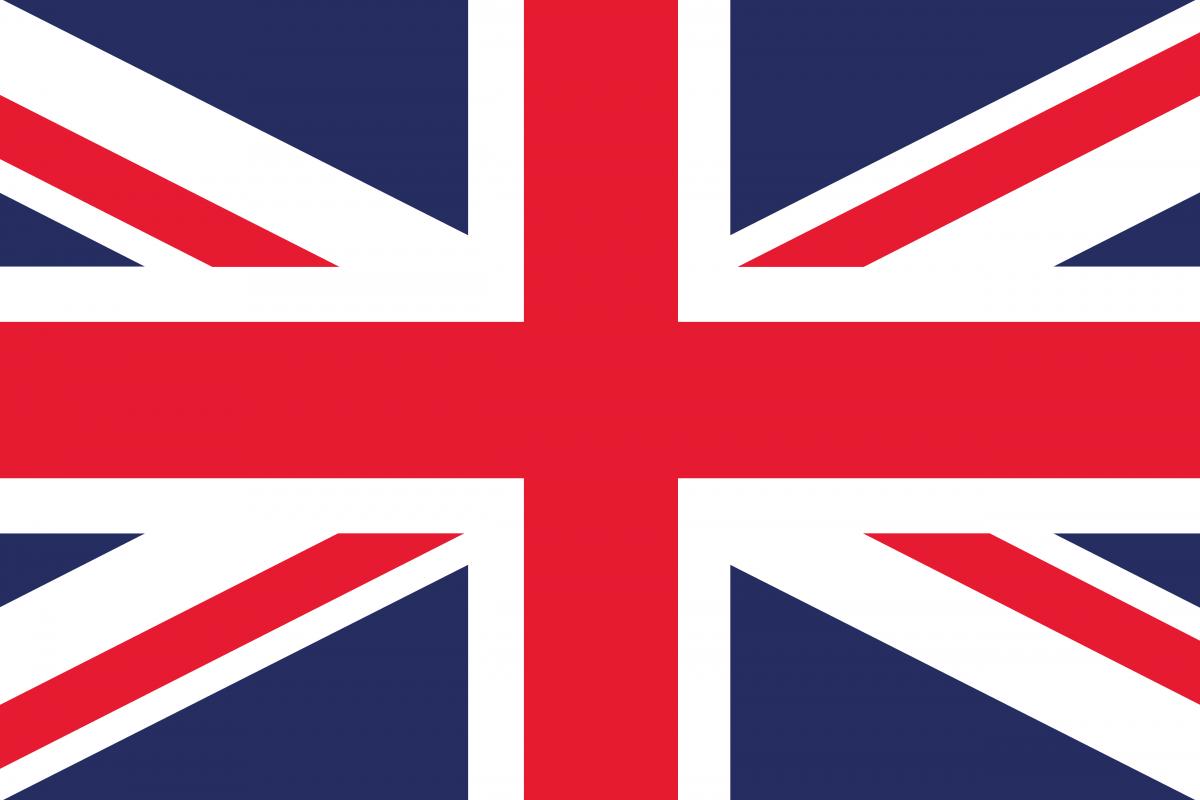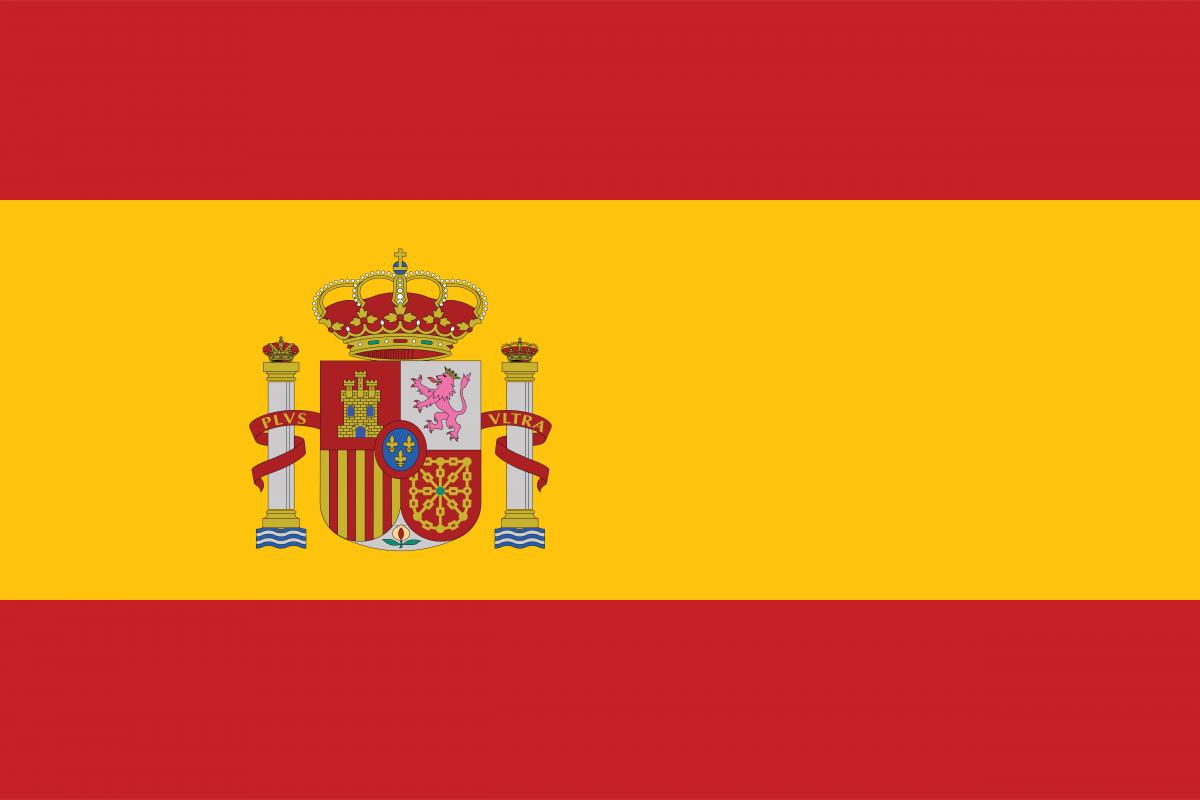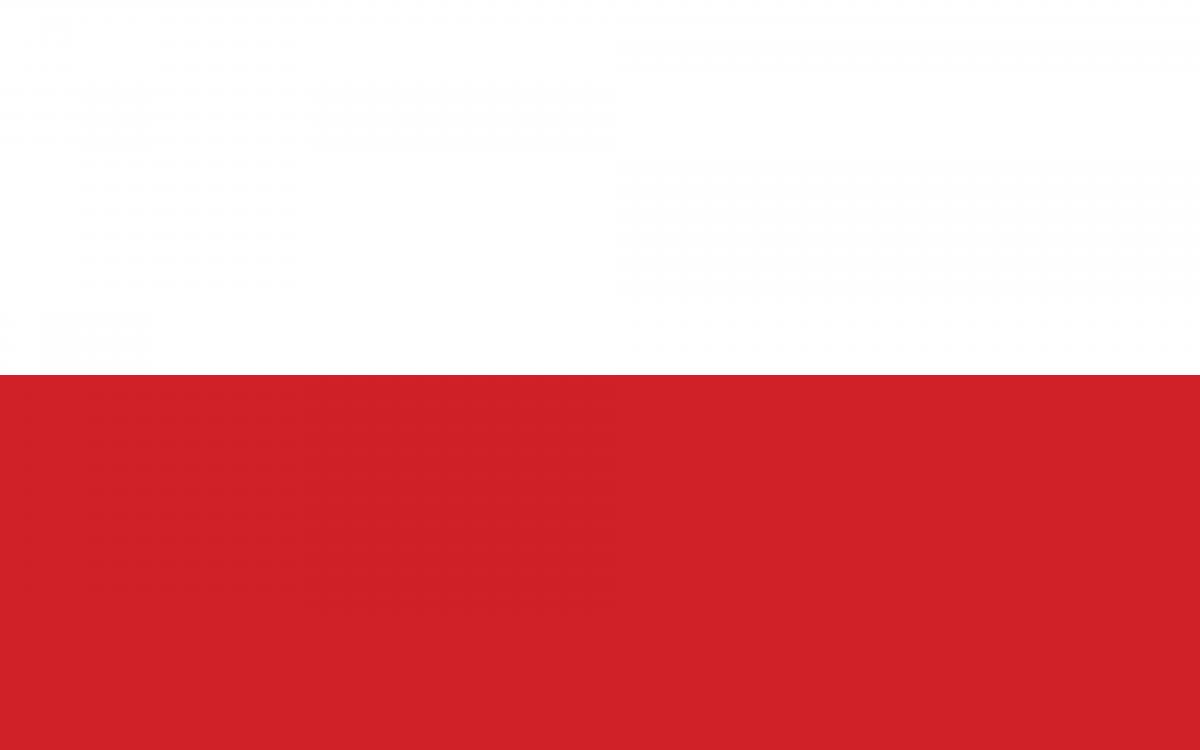European Coronavirus Lockdown Status
Since the outbreak of the coronavirus pandemic in Europe earlier this year, governments across the continent have taken many “lockdown” or “confinement” measures of varying intensity to contain its spread. Below is a summary table of some of the key restrictions that have been imposed on social and economic activity in the European Union’s five most populous countries as well as the United Kingdom. Click here to read related articles from the six countries.
| • = No • = Yes • = Partial |  |
 |
 |
 |
 |
 |
| General Measures | ||||||
| Is there a state of emergency? | • | • | • | • | • | • |
| Is a minimum of 1.5 m distance between people enforced? | • | • | • | • | • | • |
| Is wearing a facemask on public transport compulsory? | • | • | • | • | • | • |
| Is wearing a facemask in shops compulsory? | • | • | • | • | • | • |
| Are Schengen borders open? | • | • | • | • | • | • |
| Are non-Schengen borders open? | • | • | • | • | N/A | • |
| Is travelling within the country allowed? | • | • | • | • | • | • |
| Are people returning from international travel quarantined? | • | • | • | • | • | • |
| Are people allowed to go outside for non-essential errands? | • | • | • | • | • | • |
| Education | ||||||
| Are kindergartens open for children of non-key workers? | • | • | • | • | • | • |
| Is on-site schooling allowed for children of non-key workers? | • | • | • | • | • | • |
| Is on-site teaching allowed in universities? | • | • | • | • | • | • |
| Commercial Activities | ||||||
| Are small non-essential shops open? | • | • | • | • | • | • |
| Are large non-essential shops open? | • | • | • | • | • | • |
| Can restaurants and cafés serve customers on site? | • | • | • | • | • | • |
| Social Activities | ||||||
| Are religious services allowed? | • | • | • | • | • | • |
| Are indoor sports centres/gyms open? | • | • | • | • | • | • |
| Are large sporting events allowed? | • | • | • | • | • | • |
| Is public transport running fully? | • | • | • | • | • | • |
| Are people allowed to meet in larger groups? | • | • | • | • | • | • |
| Can people visit each other at home? | • | • | • | • | • | • |
| Are outdoor leisure facilities (e.g. zoos, botanical gardens) open? | • | • | • | • | • | • |
| Are indoor cultural facilities (e.g museums, galleries) open? | • | • | • | • | • | • |
| Healthcare | ||||||
| Is access to doctors/healthcare (non-coronavirus) restricted? | • | • | • | • | • | • |
| Number of Cases as of June 26 (WHO Data) | 192,079 | 155,087 | 306,866 | 239,410 | 247,086 | 32,821 |
| Date of first reported case (WHO Data) | January 28 | January 24 | January 31 | January 20 | January 31 | March 5 |
| Date of first reported death (WHO Data) | March 9 | February 15 | March 6 | February 22 | March 4 | March 12 |
| Date first restrictions came into effect | March 16 | March 13 | March 18 | February 23 | March 9 | March 9 |
| Date state of emergency was announced | None | March 23 | None | January 31 | March 14 | None |
| First relaxation steps came into a effect | April 20 | May 11 | May 13 | May 4 | April 27 | April 20 |
| Second relaxation steps came into a effect | May 6 | N/A | N/A | N/A | May 11 | May 4 |
POLAND
The Polish government has declared victory in the fight against coronavirus but medical experts and public health officials have cast doubt on this, saying that Poland is not yet anywhere near extinguishing the coronavirus outbreak. Poland’s 24,500 cases and 1,100 deaths (approximately) compare favorably to richer countries in western Europe, so Warsaw has begun the easing of restrictions and the ‘unfreezing’ of the economy. Medical experts and public health officials have criticized the government’s ‘unfreezing’ as unreasonable and dangerous. They claim the government has recklessly allowed activity to continue in sectors of the economy where infection spreads rapidly, such as mining, and caution that the more restrictions are eased at this stage of the epidemic, the faster the number of cases will rise. They warn that the Polish statistics understate the true spread of the virus due to low testing rates and highlight that many countries in Central & Eastern Europe have controlled the virus’s spread better than Poland, adding that it is not even possible for Poland to reach Western European levels of infection without the initial violent spread of disease that these countries experienced in February and March.
ITALY
Parents Nervously Return to Work in Italy. Children Are Still at Home.
Millions of Italians went back to the office this week. But with schools and day care closed and grandparents at risk, many feel the coronavirus has upended their futures as working parents. Women are especially hit by the relaxation measures and many have already asked to reduce their working hours.
GERMANY
The stimulus package is directed against the fear
The new economic stimulus package is worth 130 billion euros. The author argues that it is a courageous program. The coalition is strengthening confidence in the country—and the economy as well. The 15-page document of the economic stimulus package reads like a coalition agreement 2.0 for the remaining period of government, this time stripped of party ideology. Psychologically, looking ahead is invaluable as every crisis is easier to overcome when there are goals for the future.
FRANCE
Professor Didier Raoult, the lessons of his rise.
The ban enforced on May 27 by the French Ministry of Health on the use of hydroxychloroquine to treat the coronavirus has not calmed the debate surrounding its principal advocate, Professor Didier Raoult.
Today, he is lauded by a solid fanclub while discrediting any institution that dare cross his way. He called the WHO “unscientific” and qualified as “sh*tty” The Lancet, the scientific review which expressed its first doubts on the use of hydroxychloroquine to treat the coronavirus.
Not many scientists nor politicians have publicly contradicted Raoult, afraid of aggravating the growing social fracture between his supporters and his detractors. Many flattered him, advocating for the efficiency of his treatment. The French president paid him a visit in order to win his supporters over. All of these behaviors symbolize how our institutions have been greatly weakened, writes the Editorial Board of Le Monde.
SPAIN
Living with COVID-19: The thinking behind Spain’s lockdown exit plan
Spain was one of the hardest hit countries in Europe, and the one that upheld the strictest confinement measures. Read the insight of a member of the government task force to design the lockdown exit route on how they dealt with the multiple challenges and priorities, such as “the tension between the priority of the epidemiologists—to continue with the lockdown until the virus was under control—and that of the economists—to reignite the economy as soon as possible.”
"We realised early on that there was no blueprint for a successful exit. China was the only empirical case that we could study. It had shown that dividing the country into geographical units to choke the spread of COVID-19 was effective. But its units were small (districts) and based on very intrusive ‘neighbourhood patrol teams’ that would be unacceptable in a democracy like Spain. The experiences of ‘testing, tracing and isolating’ in countries such as South Korea, Taiwan and Singapore were far more instructive.”
“Taking all of this into consideration, after four weeks of comparative studies and analysing the situation of the virus in Spain, and what was needed to combat it, and following numerous debates and meetings with members of the government, we finally came up with a plan based on four pillars: (1) proper data and healthcare capacities; (2) geographical asymmetry; (3) a two-way street with different speeds; and (4) subsidiarity and co-responsibility.”
UNITED KINGDOM
England had the chance to prepare for lifting lockdown, but our leaders wasted it
The English government introduced additional relaxation measures while the level of transmission is still very high. The author argues that the easing of restrictions will make testing and tracing harder. The NHS, which has only recently merged testing and tracing services, announced that an effective system of both would not be in place until the end of June. Further, the government chose to outsource responsibilities to the private sector instead of closer liaising with local authorities which now complicates coordination. Thus, the author warns of public health risks because of the relaxation measures.